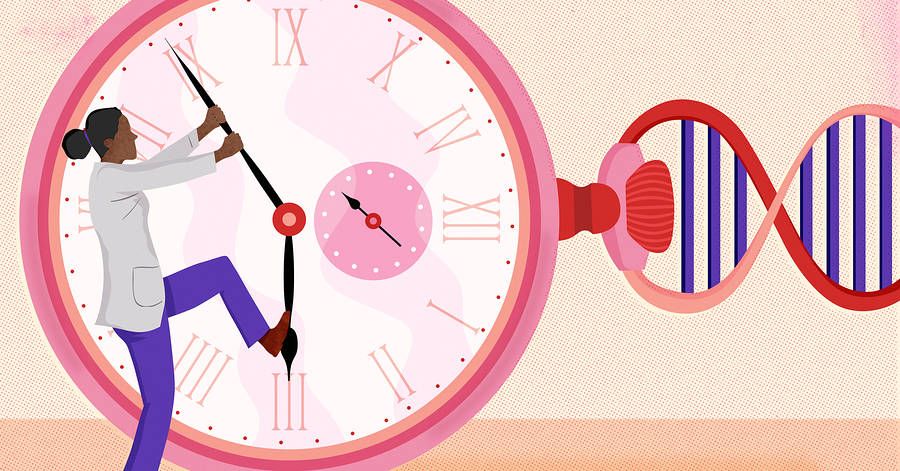Health workers say the reuse of syringes drove the outbreak in the city of Ratodero.
Your children are the people in this world who you most want to be happy, healthy and successful. And like it or not, your behavior as a parent has a lot to do with it. Here’s what researchers say the parents of high-achieving kids do differently.
According to a study published in the Journal of Experimental Child Psychology, lying to kids — even bluffs of punishment — results in children growing up to be liars themselves and having other problems, as well. Researchers queried 379 young adults about how much their parents lied to them when they were children and what behaviors they practice now that they’re grown up. Individuals who recall being lied to more as children were also more likely to admit lying to their parents as adults. They also reported having a harder time dealing with psychological and social challenges, indicating having experienced behavioral problems, guilt and shame, as well as engaging in selfish and manipulative conduct.
Most parents would agree that life would be easier for everyone if children would always listen to their parents, do what they request and follow their advice. But according to research conducted at Cardiff University in the U.K., an adult’s tone of voice has a lot to do with compliance. In the study, more than 1,000 teenagers were put into groups in which they all heard the same 30 messages voiced by mothers regarding schoolwork, but delivered with different intonations: controlling, autonomy-supportive or neutral. Afterward, the students answered surveys regarding how they would feel if their own mother communicated as the one in their group had. Almost across the board, teens who listened to the mother speaking in a controlling manner responded negatively. The kids who heard the mother speaking in a supportive way responded positively, and more so than the ones who heard a neutral tone of voice. So, if you want your kids to do what you say, don’t say it like you’re their boss.
It’s well known that tadpoles are able to regrow their tales if they are injured or bitten off by a predator. Now, Russian researchers have identified a gene that is one of the key drivers of this remarkable ability.
Researchers in epigenetics are learning how to slow down—and even turn back—the clock that governs aging in our cells.
While lawmakers and regulators look to combat monopolies by online giants, some innovators are developing internet platforms to prevent monopolies from forming in the future.
SEX robots that can “breathe” using a robotic chest cavity will are set to be unleashed onto seedy market.
Cloud Climax, UK agent for AI-AITech, says it is making great leaps in the technology of its top of the range model, “Emma”.
The company’s eventual aim is to make the robot move its arms and legs so it can walk.
Polymerized estrogen shown to protect nervous system cells. Research could enable improved treatment of spinal cord injuries.
Spinal cord damage that causes paralysis and reduced mobility doesn’t always stop with the initial trauma, but there are few treatment options to halt increased deterioration — and there is no cure. Researchers at Rensselaer Polytechnic Institute have developed a promising new biomaterial that could offer targeted treatment to the damaged spinal cord and tissue, preventing further damage.
In research published today (October 23, 2019) in Nature Communications, an interdisciplinary team from Rensselaer demonstrated how estrogen — a natural hormone produced in the body — can be polymerized into a slow-releasing biomaterial and applied to nervous system cells to protect those cells and even promote regeneration.
“You’ve graduated from the school of spectral hard knocks,” Paul Tilghman, a U.S. Defense Advanced Research Projects Agency (DARPA) program manager, told the teams competing in the agency’s Spectrum Collaboration Challenge (SC2) finale on 23 October. The three-year competition had just concluded, and the top three teams were being called on stage as a song that sounded vaguely like “Pomp and Circumstance” played overhead.
“Hard knocks” wasn’t an exaggeration—the 10 teams that made it to the finale, as well as others who were eliminated in earlier rounds of the competition—had been tasked with proving something that hadn’t been demonstrated before. Their challenge was to see if AI-managed radio systems could work together to share wireless spectrum more effectively than static, pre-allocated bands. They had spent years battling it out in match-ups in a specially-built RF emulator DARPA built for the competition, Colosseum.
By the end of the finale, the top teams had demonstrated their systems could transmit more data over less spectrum than existing standards like LTE, and shown an impressive ability to reuse spectrum over multiple radios. In some finale match-ups, the radio systems of five teams were transmitting over 200 or 300 percent more data than is currently possible with today’s rigid spectrum band allocations. And that’s important, given that we’re facing a looming wireless spectrum crunch.
In 2022, we’ll send a rover to hunt for water at the lunar south pole. Learn more about our VIPER mission and how its findings will bring us closer to establishing a sustainable presence on the Moon: https://go.nasa.gov/2WcDtCQ









